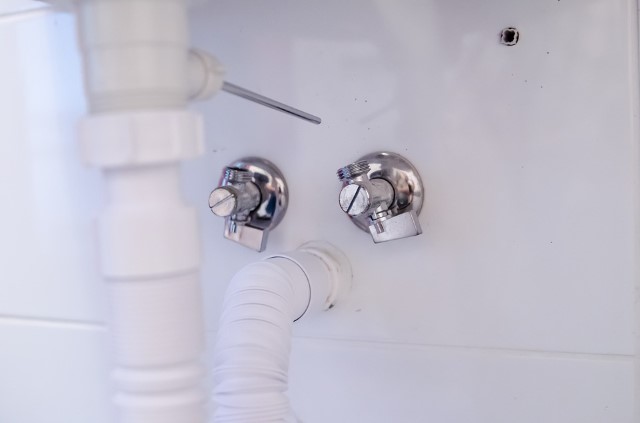The P-trap, a stalwart defender against plumbing perils, can sometimes find itself facing challenges that leave homeowners in a watery predicament. Understanding these common P-trap problems is key to maintaining a smoothly flowing home plumbing system.
One prevalent issue is blockages caused by debris accumulation within the P-trap. Hair, soap scum, and other substances can create stubborn clogs, leading to slow drainage or even complete backups. Regular inspection and cleaning can help thwart these blockages, ensuring that water continues to flow freely.
Another common headache is the infamous “dry trap” syndrome. If a sink or shower is left unused for an extended period, the water within the P-trap can evaporate, leaving an open gateway for foul odors and sewer gases to permeate your living space. To combat this, homeowners should periodically run water in less frequently used drains to replenish the P-trap’s water barrier.
Leakage is yet another challenge that homeowners may encounter with P-traps. Loose connections or damaged seals can result in water seepage, potentially causing water damage and mold issues. Regular checks and prompt repairs can prevent such leaks from becoming major headaches.
In navigating these P-trap problems, homeowners can ensure the continued effectiveness of this unsung hero in their plumbing system. By staying vigilant and addressing issues promptly, they can keep their homes running smoothly and avoid the headaches that plumbing problems can bring.

